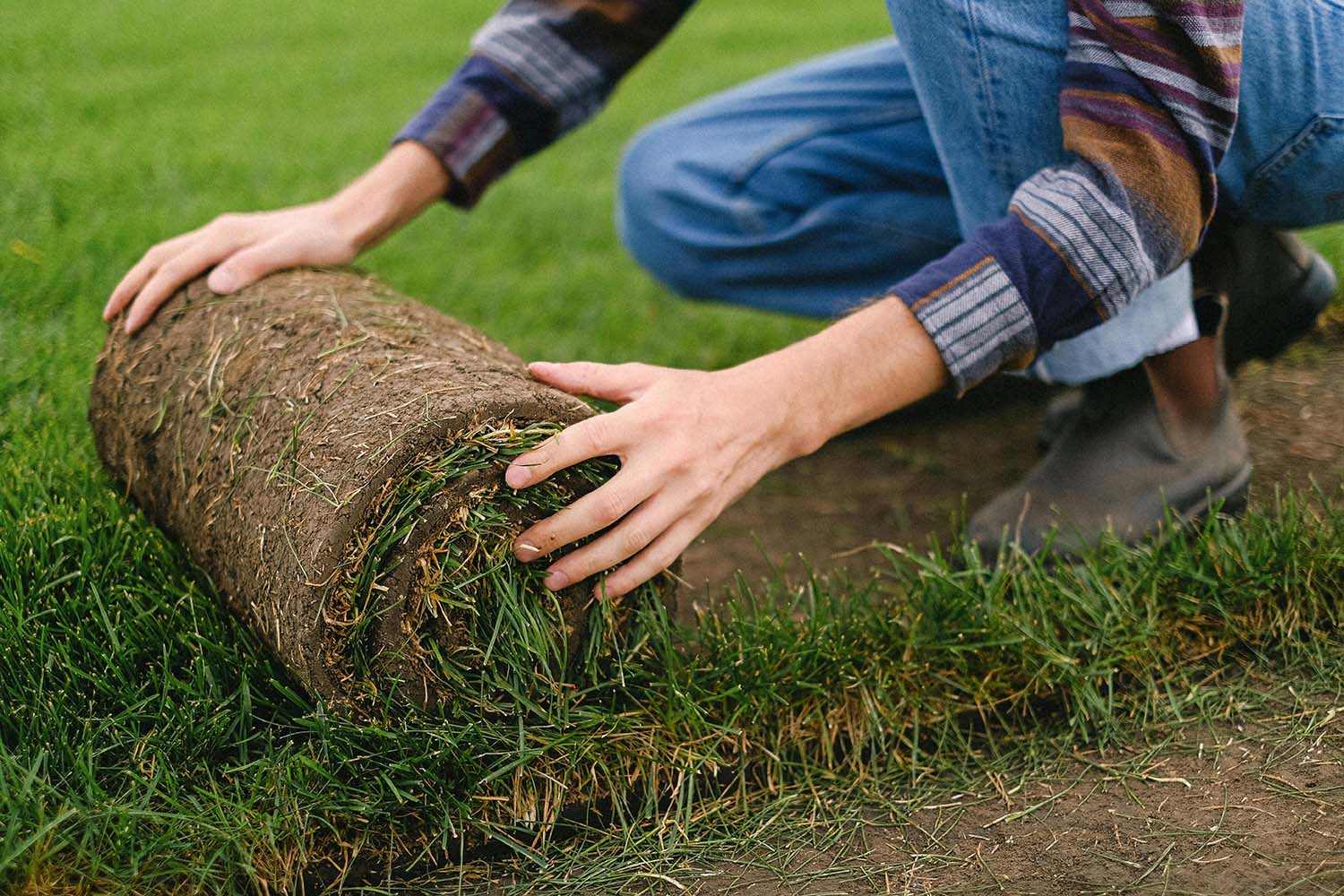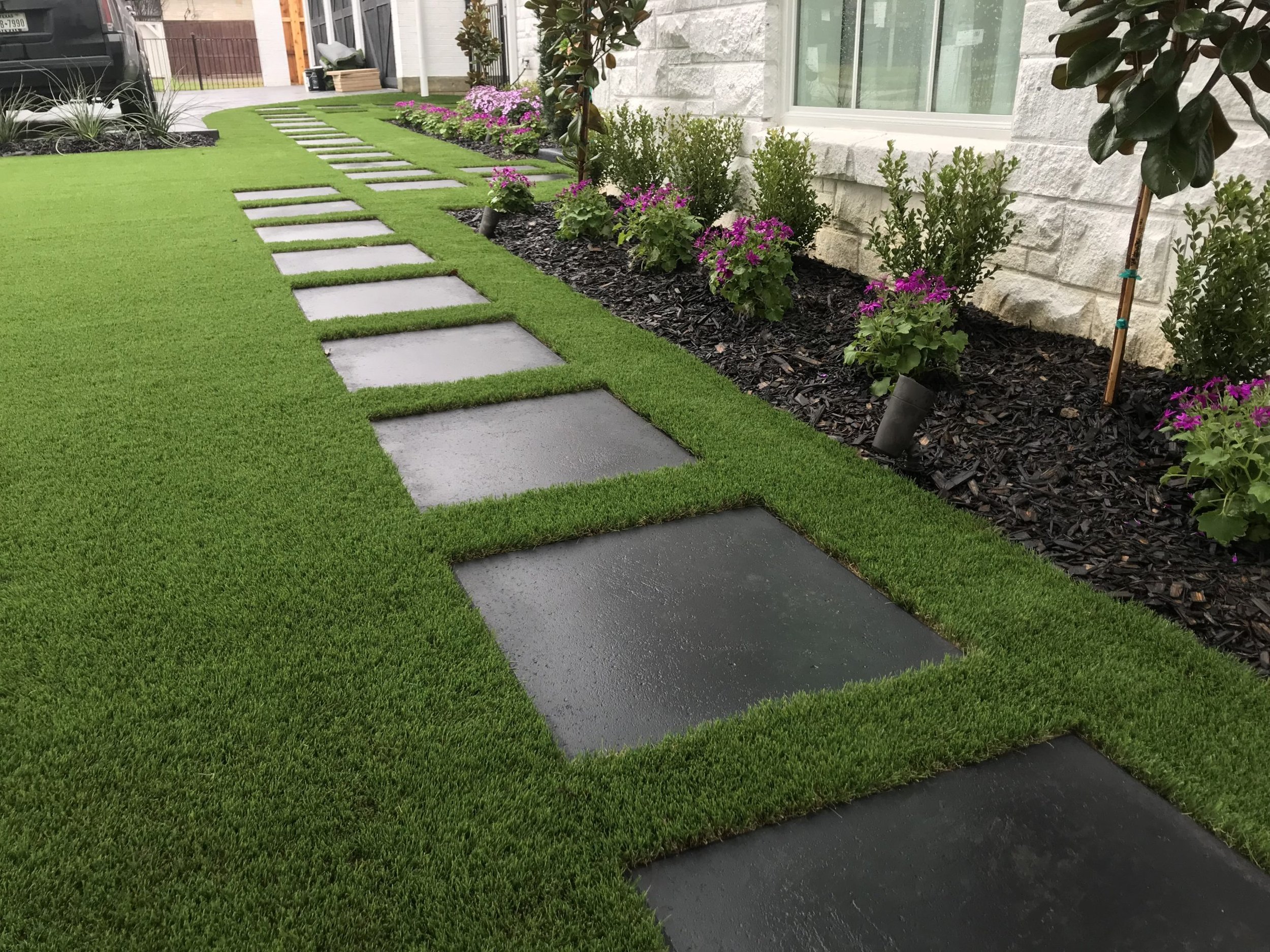Get a Ideal Lawn with Arizona Artificial Turf for Any Outdoor Space
Get a Ideal Lawn with Arizona Artificial Turf for Any Outdoor Space
Blog Article
Look Into the Environmental Benefits of Opting for Artificial Turf Solutions
The adoption of fabricated grass services presents an engaging possibility to deal with pushing ecological difficulties. By considerably minimizing water usage and minimizing the application of hazardous chemicals, these alternatives not only advertise sustainable landscape design yet additionally protect local communities.
Water Conservation Conveniences
Among the most substantial benefits of synthetic lawn is its capacity to conserve water. Conventional grass lawns require significant irrigation, specifically in locations prone to drought or water restrictions. On the other hand, synthetic grass does not require watering, substantially minimizing the general need for water sources. This feature is specifically valuable in dry regions where water deficiency is a pushing problem.
By getting rid of the requirement for normal watering, man-made lawn adds to lasting landscape techniques and helps alleviate the environmental effect of excessive water usage. In addition, the preservation of water encompasses the decrease of overflow, which can bring about soil erosion and waterway pollution.
Furthermore, the installation of fabricated lawn allows homeowners and towns to assign water resources extra successfully, concentrating on necessary usages such as drinking water and agriculture. The shift in the direction of synthetic grass not just promotes liable water use yet also aligns with wider ecological objectives intended at preserving natural deposits.
As areas progressively focus on sustainability, the water conservation benefits of synthetic grass provide an engaging situation for its fostering in domestic and industrial landscaping jobs.
Reduced Chemical Usage
The change to fabricated lawn dramatically reduces the dependence on chemical treatments frequently used in natural lawn upkeep. Standard grass monitoring usually involves the application of herbicides, chemicals, and plant foods to promote growth and control insects. These chemicals can posture risks to human health and wellness, neighborhood wildlife, and the setting, adding to dirt and water contamination.
In comparison, man-made lawn removes the demand for these unsafe substances. By minimizing the launch of synthetic substances right into the environment, man-made lawn promotes healthier soil and water systems.
In addition, the absence of chemical overflow associated with synthetic lawn installations assists shield neighborhood waterways from contamination, supporting water life and maintaining biodiversity. Arizona artificial turf. As areas increasingly prioritize lasting practices, choosing fabricated grass offers a practical remedy that aligns with environmental preservation objectives. Via this shift, homeowner can delight in lush green spaces without jeopardizing eco-friendly wellness, leading the way for an extra lasting future
Lower Carbon Footprint

In addition, the installment of synthetic grass can click for more lead to considerable water preservation. All-natural grass call for considerable quantities of water for watering, which not just includes in the carbon impact related to water removal and treatment but additionally pressures regional water resources. On the other hand, artificial grass needs marginal upkeep, needing no watering, thus significantly reducing water usage and its linked energy costs.
Furthermore, the durability of artificial turf adds to its reduced carbon influence. With a lifespan of approximately 15 years or more, the requirement for frequent substitutes is diminished, leading to less waste and lower power usage in production and getting rid of conventional lawn options. Generally, synthetic grass presents a sustainable option for ecologically mindful landscaping.
Habitat Conservation
Habitat preservation is a critical consideration in the debate over landscape design choices, particularly when comparing artificial turf to all-natural grass. Natural yard lawns often need considerable maintenance, consisting of the usage of herbicides, fertilizers, and chemicals, which can adversely influence neighborhood communities. These chemicals can leach right into the dirt and rivers, hurting indigenous plants and animals and disrupting regional habitats.
Fabricated turf gets rid of the requirement for harmful chemicals, therefore protecting neighboring wildlife and keeping the honesty of bordering communities. The setup of synthetic lawn can lead to the conversion of former grass areas right into more biodiverse landscapes, such as pollinator yards or indigenous useful reference plant locations, which can support regional wildlife.
Inevitably, the shift to synthetic grass not just conserves water and reduces maintenance efforts but likewise cultivates a more harmonious partnership in between human activities and the native environment, advertising habitat conservation at the same time.
Long-Term Sustainability
Long-term sustainability is a vital factor in reviewing the advantages of synthetic grass over traditional yard yards. Among one of the most substantial benefits of fabricated lawn is its sturdiness; it can last approximately 15-20 years with minimal upkeep, whereas natural turf needs frequent reseeding and replacement. This longevity decreases the demand for constant sources, such as water, plant foods, and chemicals, which are crucial for preserving a healthy grass yard.
In addition, synthetic grass adds to a reduction in carbon emissions related to lawn care equipment. Traditional grass usually require gas-powered lawn mowers, leaners, and blowers, all of which contribute to air pollution. Artificial turf companies phoenix. On the other hand, man-made turf eliminates the demand for such tools, advertising a cleaner setting
Moreover, the production of synthetic grass increasingly makes use of recycled materials, enhancing its sustainability profile. As suppliers embrace eco-friendly methods, the environmental footprint of synthetic turf remains to diminish.

Verdict
The fostering of artificial turf services presents significant environmental advantages, consisting of substantial water conservation, reduced dependence description on harmful chemicals, and a lower carbon footprint. In addition, synthetic grass aids in protecting all-natural environments by minimizing land disruption and promoting long-lasting sustainability through the usage of resilient materials. Collectively, these variables emphasize the possibility of synthetic grass to add favorably to environmental health and wellness and provide a practical option to standard landscape design techniques in a progressively resource-conscious globe.
In comparison, synthetic grass does not need watering, considerably lowering the total need for water sources. By lessening the release of artificial substances right into the community, man-made turf advertises healthier soil and water systems.
Furthermore, the setup of synthetic grass can result in substantial water conservation. In comparison, artificial turf requires minimal upkeep, calling for no watering, thus substantially minimizing water usage and its linked energy expenses.

Report this page